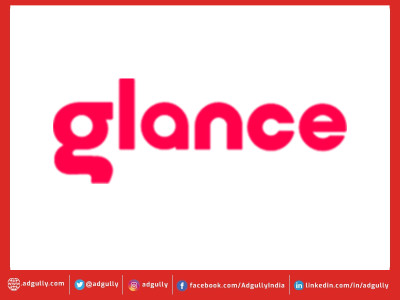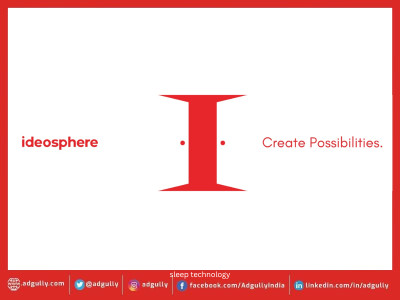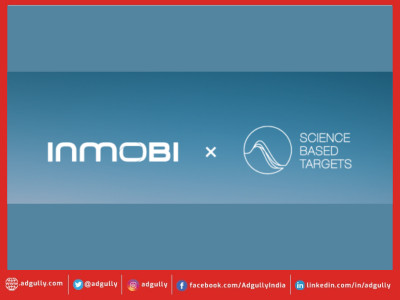The Future of Programmatic Advertising
Vasuta Agarwal, MD, Asia Pacific, InMobi throws light on the programmatic advertising landscape in India, its future, and the growth opportunities.
Programmatic advertising has witnessed an exponential rise – from 55.9% in 2017 to an estimated 72% by 20211. Asia Pacific and India are the growth markets for programmatic advertising with an expected 5-year growth of 2X and 3X respectively. Programmatic does stand tall as the future of advertising, but what are the trends that will shape its own future in Asia Pacific?
#1 The Video-on-demand (VOD) Phenomenon
The Rise of Mobile OTT and Short-form Video
With the ‘video-on-demand’ phenomenon, consumers consuming content on OTT apps by TV networks such as Zee5 or from content platforms such as Prime Video, Netflix, and Disney+. This shift is primarily triggered by the availability of cheap internet, proliferation of smartphones as the primary connected device and an increasing consumer propensity to view videos on mobile. Connected/ Smart TV, where consumers can view content on TV using OTT devices such as Chromecast, Fire TV Stick, gaming consoles such as PlayStation, Xbox, remains a distant trend though.
Short-form content - vertical videos with a personalized and vernacular content feed on mobile – are also capturing the connected consumer’s imagination. Advertisers must leverage short video platforms such as Glance and Roposo to leverage the micro-moments of the consumer journey and design personalized brand interventions.
#2 Scaling with Header Bidding
The Waterfall VS Header Bidding Models
Header bidding, as an ad technology, has evolved from being a less understood concept to a mainstay over the past few years. Header bidding has both sell-side and buy-side advantages over app inventory that’s mediated through a traditional waterfall model.
To start with, header bidding addresses a crucial challenge many advertisers face: access to quality inventory and users, at scale.. In a header bidding world, all exchanges are given an opportunity to respond back with a bid for every single ad request. As a result, platform partners like demand-side platforms (DSPs) can access not just a portion of a publisher’s inventory but all of a publisher’s inventory. Advertisers, consequently, are better positioned to reach more users across the pool of inventory they choose to access. All auctions are unified and cleared using real-time bid responses from advertisers. This creates a true, fair mechanism for advertisers to reach the users and impressions they value the most. As a result of the equal opportunity and access to premium high performing inventory it provides, in-app header bidding empowers advertisers to have much more visibility over the supply that works best for them. Thus, promoting access, trust and transparency.
#3 SPO: The Search for Transparency
Supply path optimization (SPO) is an algorithm or tool through which Demand-side platforms (DSPs) interact with Supply-side platforms. With the extensive fragmentation of the programmatic advertising ecosystem, advertisers often have limited visibility into the costs and ad placements. SPO aims to remove inefficiencies in the programmatic supply chain by eliminating intermediaries who are not adding value. With SPO, the DSPs can attain end-user transparency and lead to the bid where they are most likely to win.
SPO comes with its own share of advantages. SPO enables partners from trusted exchanges thereby enabling access to high- quality, brand-safe, and fraud-free inventory. By including sellers.json and ads.txt/ app-ads.txt compliant inventory, SPO eliminates unauthorized sellers, guarantees increased cost efficiency and transparency as the advertisers have a clear breakdown of the cost across the supply chain.
#4 A non-IDFA World
With Apple announcing changes to the app tracking framework where it is mandatory to take user permission per-app before tracking, there are significant changes that arise in the advertising ecosystem. This can lead to concerns regarding:
- Identification/ Targeting: Advertisers will be unable to build user profiles, audience segments, targeting, personalized targeting, and retargeting due to the non-availability of user data.
- Optimization: There will be limited data signals to power efficiency-driven technology impacting fraud checks, ad rotation, and frequency capping.
- Attribution/ ROI: Marketers will no longer be able to drive accurate attribution for a single user at a cross-device level, attribution of store and web visits, app installs, and transactions.
Advertiser can however deploy alternate identifiers such as IDFV and work with cross-device and universal ID players such as LiveRamp, Branch, Tapad and Kochava to reach their audiences. Investing in technology that supports first-party data collection, storage and activation such as Customer Data/ Data Management Platforms (CDP/ DMP) to run privacy-compliant, first-party data-based campaigns will also is a crucial step for advertisers.
While the long-term impact of removal of identifiers on the mobile ad ecosystem needs to be seen, it is indeed a significant move towards providing more control over data to users. Advertising and app monetization, meanwhile, will learn to evolve around these changes on a trajectory that works best for publishers, advertisers and, most importantly, the users.

















Share
Facebook
YouTube
Tweet
Twitter
LinkedIn